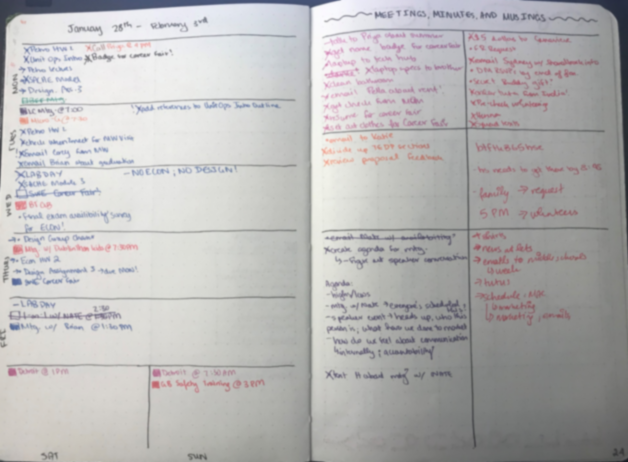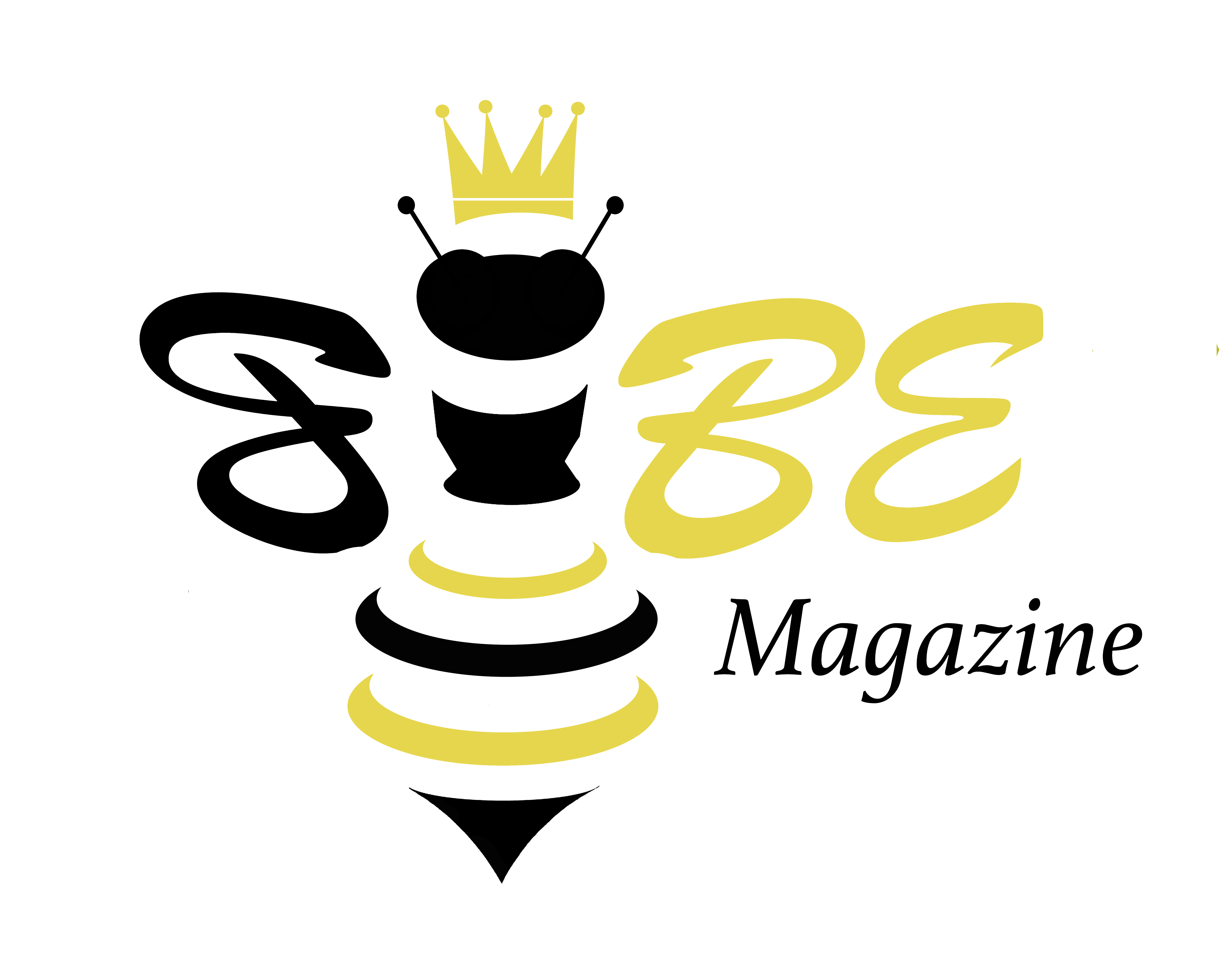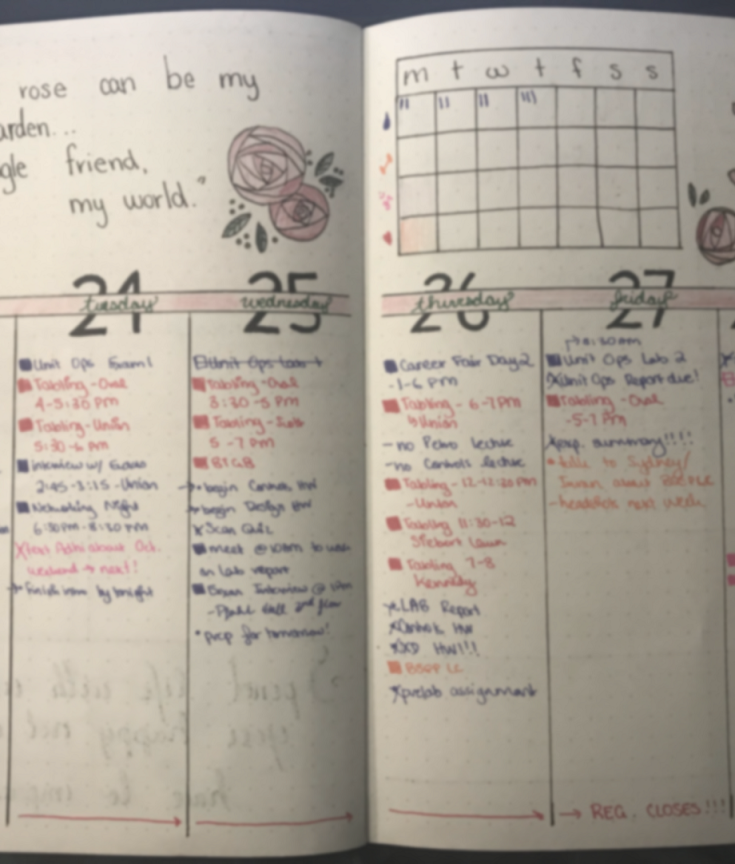By: Jahnavi Murali
Some people use a planner, some people use Google Calendar, some people just keep it all in their head. We struggle sometimes to keep track of the millions of tasks we have to do and the events we have to attend, so how do we keep them straight? In today’s digital world, some have found old-fashioned analog to be the answer to their scheduling woes.
Planners have always been a personal favorite of mine. I get excited every August at the prospect of picking out a new planner for the school year. I look at different designs, different layouts, even different sizes. I loved being able to write down what I had to do and then cross it off. However, I noticed a very interesting phenomenon happening every fall. I’d use my planner diligently for the first month or so, and then I would drift away from it a bit. I would stop writing down events, I would try to add goals but there was never really a good space, and my ever-changing schedule didn’t always fit in the existing layout. Because the planner didn’t do what I needed it to, I ended up not using it and then forgetting tasks and events.
Frustrated with the inflexibility of a standard planner, I started looking for other methods to get my life in order. I toyed around with the idea of apps, of Google Calendar, of spreadsheets, and notebooks. Eventually, I stumbled across the Bullet Journal – and it changed my life.
 The Bullet Journal method, according to the official website, is an analog system designed to enhance productivity through mindfulness. Ryder Carroll created this method when he was struggling to be productive and focused, and eventually set up a website and video tutorial to share it with the world.
The Bullet Journal method, according to the official website, is an analog system designed to enhance productivity through mindfulness. Ryder Carroll created this method when he was struggling to be productive and focused, and eventually set up a website and video tutorial to share it with the world.
So what is Bullet Journaling? At its essence, the methodology comprises of modular sections that can be combined and modified to suit each individual. The first major component is the Index – self-explanatory but extremely helpful when it comes to finding certain pages whenever you want to. Next up is the Future Log, used to write down events and tasks outside the current month. It gives you the chance to write down important dates and events months in advance and is a bird’s eye view of your future. The next log is the Monthly Log. Again, this is self-explanatory, and mimics the monthly spread that you see in a traditional planner. The last log is the Daily Log, where you can write down events, thoughts, tasks, notes, etc. for each day. Collections include trackers, lists, and any other personal logs that you might create for yourself such as food logs, reading lists, sketch pages, etc.
These sections are very important for the Bullet Journal, but the style of note taking is also an important part of this methodology. Ryder calls it Rapid Logging, where information is captured in short phrases as bulleted lists. Different bullets are used to classify phrases as notes, tasks, events, etc. If a task is unfinished, it can be moved, or migrated to the next week, or perhaps even the next month. Ryder describes how important migration is even though it can seem tedious. Going from future log to monthly, from monthly to daily, and from daily to next month if needed seems like a lot of writing, but it’s that very repetition that allows us to really determine if each task is important and be mindful of what we are writing down.
Seems easy, right? Create sections and then set up to-do lists is what it sounded like to me when I got started. I was sorely dismayed when I Googled Bullet Journal and saw watercolor artwork, beautiful pencil layouts, and intricate monthly logs that tracked habits I didn’t even know could be tracked! This looked so different from the minimalist layouts that I saw on the original website, and I was so overwhelmed that I even contemplated giving up on the idea of ever starting my own Bullet Journal. However, the really amazing thing about the BuJo community is that there are so many people who do a variety of different things, and that they really encourage newcomers to find what works for them. It doesn’t matter if you make mistakes, or if you can’t doodle or create the amazing layouts. There are artists who BuJo, women, writers, businessmen, and so many more who are part of this community.
habits I didn’t even know could be tracked! This looked so different from the minimalist layouts that I saw on the original website, and I was so overwhelmed that I even contemplated giving up on the idea of ever starting my own Bullet Journal. However, the really amazing thing about the BuJo community is that there are so many people who do a variety of different things, and that they really encourage newcomers to find what works for them. It doesn’t matter if you make mistakes, or if you can’t doodle or create the amazing layouts. There are artists who BuJo, women, writers, businessmen, and so many more who are part of this community.
My initial layouts were functional. I didn’t do much designing, and I stuck with the original daily log and notes section that Ryder describes in his system. The color comes from my color code, where I use one color for classes, one color for personal, etc. As you can see in the above picture, I stuck to basic lines and headers and came out with something that was definitely productive. I used this type of spread for a few months until I became really comfortable with it.
Over time, I began to experiment with color, different patterns, and trackers for my monthly pages and my daily pages. I added daily gratitude lists and trackers for exercise and water. I’ve found that because it’s all written down in one place, I don’t forget what I have to do or what events I have to go to. I can also write out the actions I have to complete for each task, allowing me to compartmentalize my daily work.
Overall, I’ve felt more organized, forward focused, and more mindful of what I have to do and how to achieve it. I can’t wait to continue Bullet Journaling and see how my journal changes in the future!
If you’re interested in getting started, check out the links below:
https://bulletjournal.com/
View at Medium.com
How to BUJO: A Basic Guide to the Bullet Journal
https://www.manmadediy.com/4760-how-to-start-a-minimalist-bullet-journal-and-get-better-at-everything

